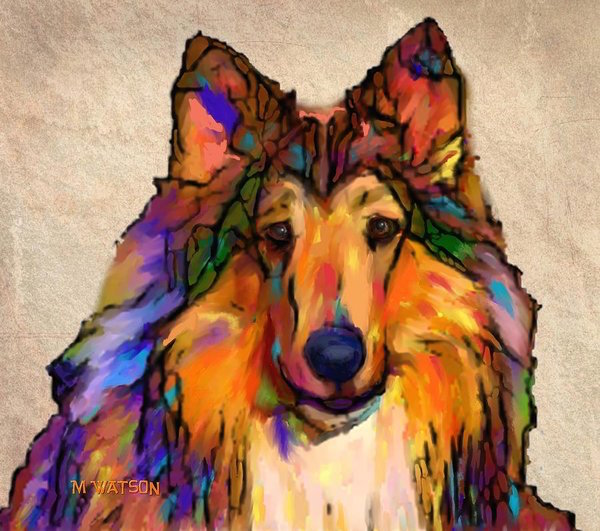
It might have been one of the creepier books written that was based on real events. The Devil in the White City: Murder, Magic, and Madness at the Fair That Changed America by Erik Larson was non-fiction, but written in the style of a novel. It tells the story of the origins of the 1893 World’s Fair, a serial killer named Dr. H. H. Holmes, and Frederick Law Olmsted, the landscape architect in charge of the World’s Fair landscaping who also designed New York City’s Central Park. Perhaps if Larson had included “Shep” in his story, the book would have been less edgy (but also less riveting), but we’re getting ahead of ourselves.
In designing Central Park, Olmsted had always envisioned a pastoral environment exuding unfettered nature. Part of his vision was to include grazing sheep tended by a shepherd and dog. It wasn’t entirely to insert “props.” Olmsted considered the appearance of grass nibbled upon by sheep to be superior to the look of mechanically mowed grass, and besides, sheep provided fertilizer. By 1863, a flock of Southdown Sheep was established in the park, and the dogs used to tend the sheep were typically Collies. A comprehensive overview of how the sheep were managed can be read here.
One particular Collie, “Shep,” had put in years of service when he was retired to a farm north of the city in Putnam County. It wasn’t Shep’s idea, and he wasn’t having any of it. A week later, the aging dog made his way back to Central Park – a journey of 50 miles. Footsore, tired, and a bit grumpy, he found a way to get on the westside of the Hudson to the Weehawken Ferry, and from the dock at 42nd St. to Central Park. How did he do this? We still don’t know. But don’t tell a Collie there’s something s/he can’t do. Just saying.
Image: Collie by Marlene Watson is available in many formats here
